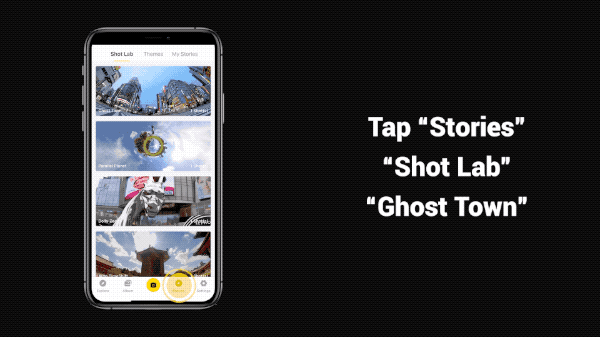
- Ghostlab tutorial manual#
- Ghostlab tutorial full#
- Ghostlab tutorial software#
- Ghostlab tutorial windows#
Ghostlab tutorial manual#
Useful tools for the functional website testing: Selenium, Linux Test Project, JUnit, Sprinter by Hewlett Packard Entreprise (manual testing), Browserstack (both automated and manual testing), Usersnap (manual testing).įollow this link, if you want to know more about functional testing – Usability testing

Ghostlab tutorial software#
.jpg)
My recommendation would be to follow an online tutorial for something like Django, Angular, or Ruby on Rails. So there are fortunately a million ways to go about doing this type of thing. Requirements for hosting a website that would require storing data, like a food delivery website.Some popular websites built using Ruby on Rails are Airbnb, Bloomberg, Crunchbase, Dribbble. It is based on the philosophy of Convention over Configuration (CoC), Don't Repeat Yourself (DRY) and the ActiveRecord pattern. It is based on Model-View-Controller(MVC)-based full-stack web development framework. Top 10 Backend Frameworks in 2022 Ruby on Rails, popularly called Rails, is web application framework written in Ruby programming language.I use Angular these days and it already watches for file changes & does browser reload.Īlready configured BrowserSync the time-saving synchronized browser testing. I just took a cursory look at (assuming that's the tool you mentioned.) And, fail to understand how that'd help me.

What tool or library do you wish existed? What would make your work easier if it existed?
Ghostlab tutorial windows#
Ghostlab tutorial full#
Vite will add live reloading to HTML it serves: It even goes further with some supported frameworks and will do hot module replacement which is like live reloading but doesn't even reload the full page and just injects the changed components in the page (faster more instant updates).

Makes catching and fixing little CSS and responsive issues much easier. Have you looked into BrowserSync? I bought a used iPhone that stays in a mount on my desk and updates along with the other browsers I'm testing on my desktop simultaneously. Can someone help to point me in how I can test accurately on my laptop for iPhone 7 and other displays? The built-in Responsive Design browser tool (iPhone 7) layout looks different to the layout on my actual iPhone 7.


 0 kommentar(er)
0 kommentar(er)
